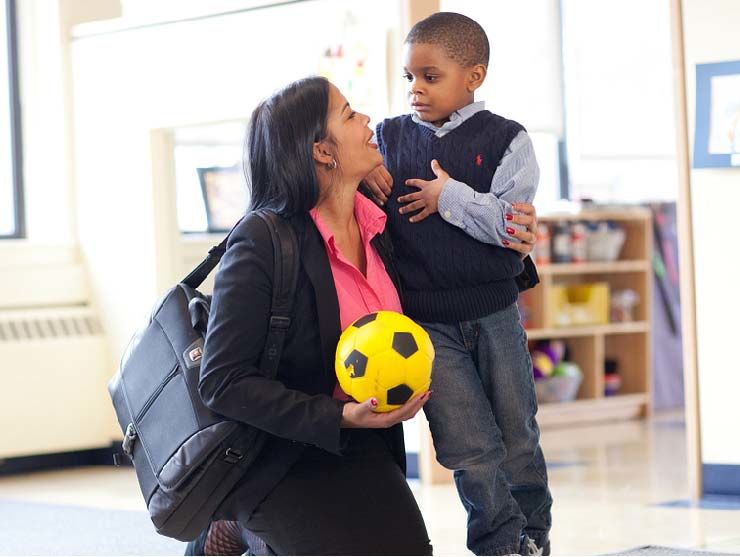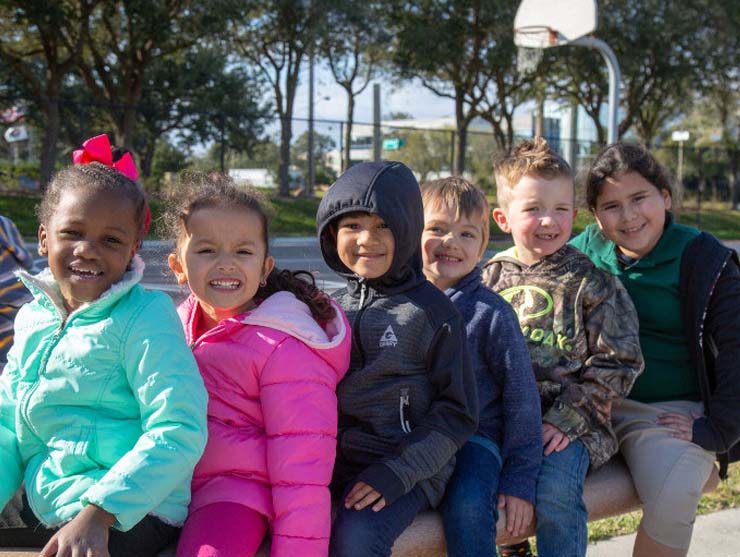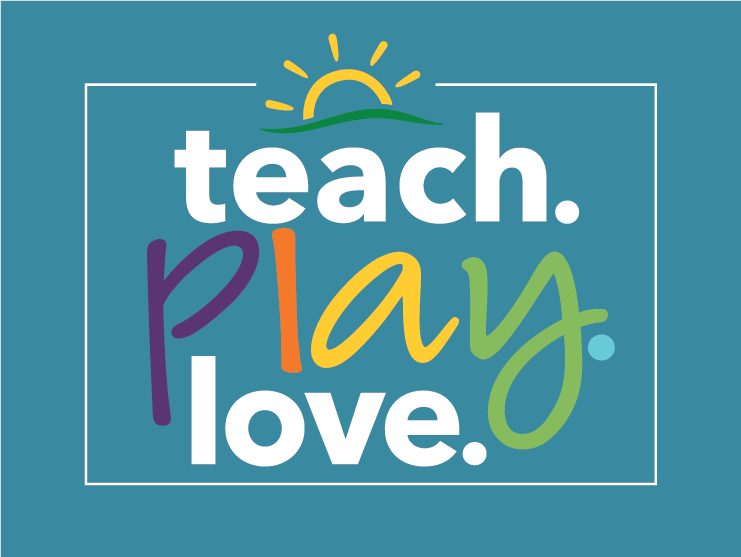When do children begin to consider the feelings of others? When do they know what it means to help a friend? When does impulse give way to thoughtfulness? How do parents and teachers help youngsters learn about kindness and compassion?
Children model their own behavior on the behavior they see. Even very young toddlers can care for a pet, act gently with a younger sibling, perhaps part with a toy for a child who needs it more. Children model their language on the words they hear. They learn the words to express kindness and resolve conflicts. Respect for fellow human beings and character development begin at an early age. And children learn how to care for others from the books they enjoy.
Tuck Me In is a lovely picture book about a collection of animals that need to be tucked in at bedtime. The young reader turns the half-page blankets for the zebra, the hedgehog, the alligator, and more, practicing the familiar ritual.
Good deeds are rewarded in A Sick Day for Amos McGee. Amos works at the zoo and visits his special friends each day, but one day a cold keeps him home. Elephant, tortoise, penguin, rhino, and owl worry about their friend and take the bus to Amos's house to return the many kindnesses he has shown them.
In Junkyard Wonders, a smart and caring teacher helps children overcome their differences, find strength to face the school bullies, and discover their own sense of worth. Where others see misfits, this teacher sees genius, and her students live up to her belief.
Children's books help us create the language and action of compassion for young children. Both stories and pictures can be tools for developing caring and considerate young citizens.
By Susan C. Brenner, EdD





